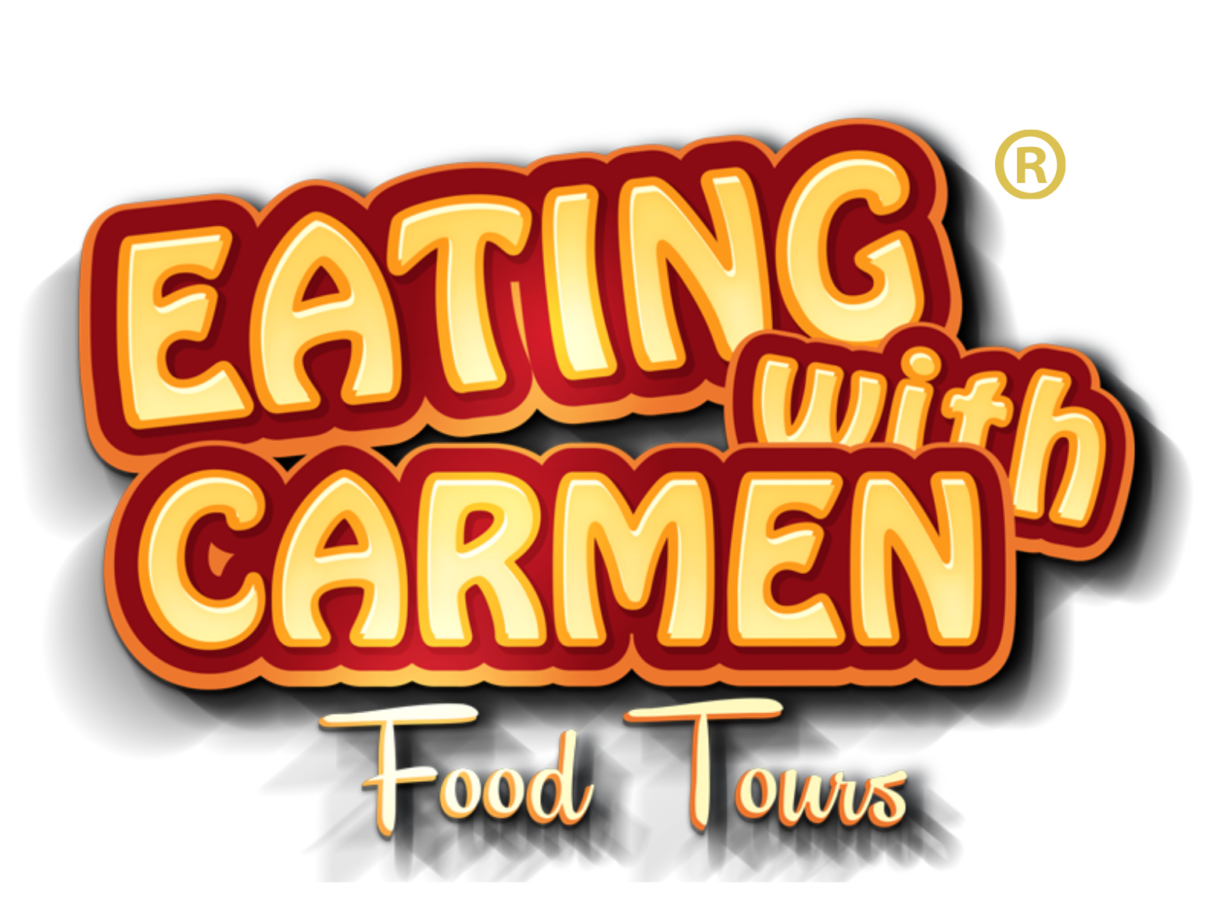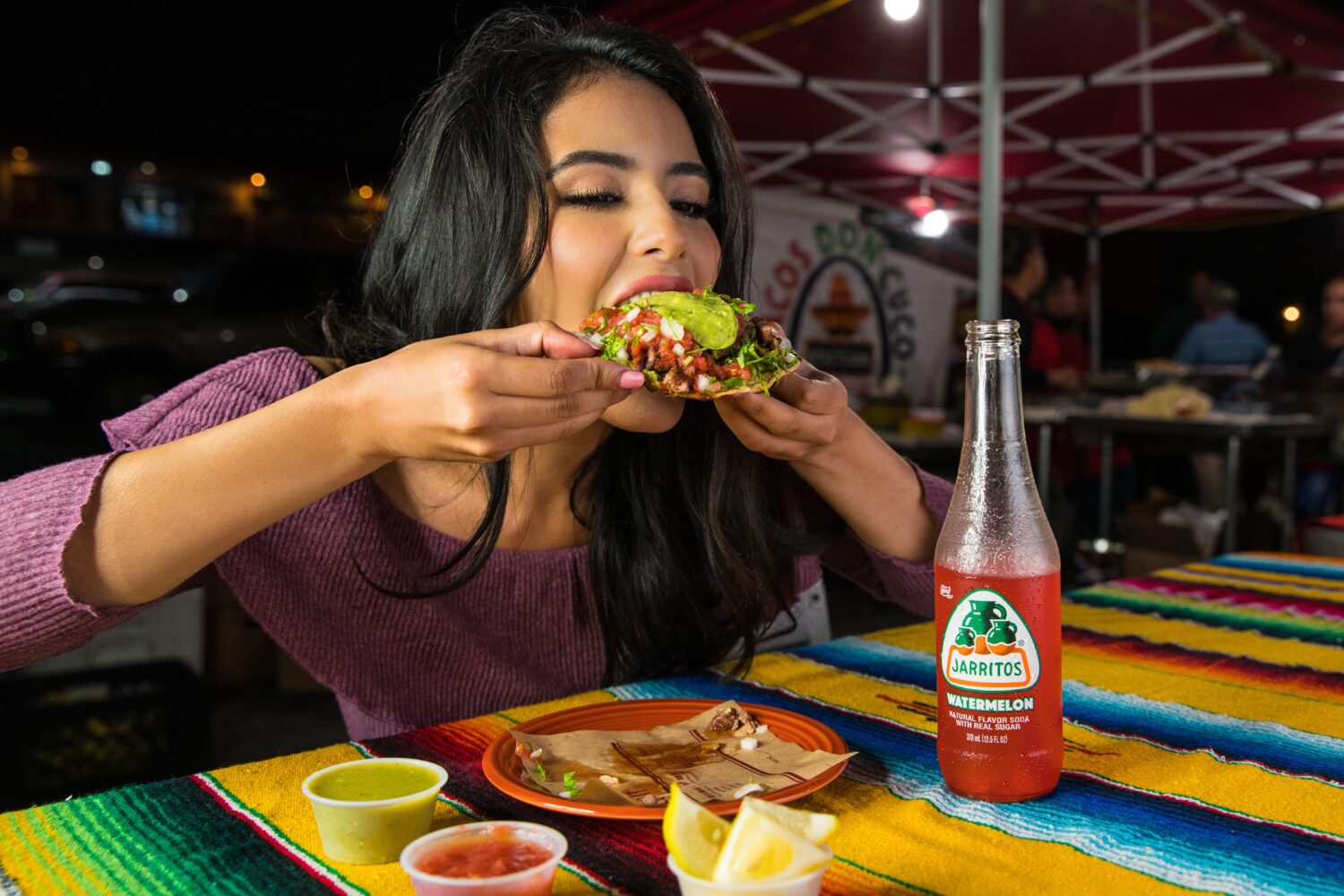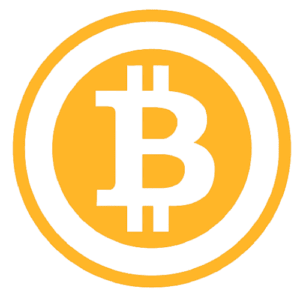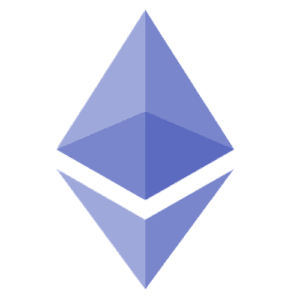A lot of people outside of Mexico think about “chile” or “peppers” first when you ask them which is the most common ingredient in our food. I’ve heard many different answers during my tours, some have made me laugh. But it doesn’t take much knowledge or expertise on Mexican cuisine to figure out that a lot of Mexican food is mostly corn with something else, can be meat, vegetables, fungi, or, well, just more corn in a different form.
So I wanted to give you foodies a little taste of how much this is true, not without, of course, geeking out a bit first as usual, just be advised, I might throw some corny jokes along the way…
Hijos de su Maíz!
Children of the Corn! It’s all in the book… I’m not talking about Stephen King’s 1977 short story. The book I’m referring to is the “Popol Vuh”, the “Council Book” of the Maya Quiché people, first published in Spanish in the 18th century.
The book narrates how the creators of the Universe Tepeu and Gucumatz, after creating Earth, wanted to create something that lived in it and adore them for their creation. Their first attempt was the animals, but the animals could not adore them, all they could do was animal sounds.
So then for their second attempt, they tried to create mankind. At first, they tried to build humans out of mud, but they were weak and dumb and did not survive for long.
For their third creation, they wanted mankind to be strong and intelligent, so they made them out of wood.
These humans reproduced for a while and populated the earth, but even though they were intelligent and strong, they were hollow inside and did not love or adore their creators. In strike three, the creators decided to annihilate them with a deluge, and the ones that survived turned into monkeys.
Then the Fox, the Coyote, the Parrot, and the Crow took Tepeu and Gucumatz to a hill where white and yellow corn was growing, there they realized this was the perfect substance for their creation so they created four humans out of these materials and they were beautiful, strong, smart and they knew and could see all. They were so wise they even seemed gods, so the creators put a veil on their heads. These four corn-humans reproduced and their children populated the earth and adored their creators.
So as you can see, the Mayan people are the real Children of the Corn!

Credit: https://culturacientifica.com
Disclaimer: I’ve not read The Children or The Corn by Stephen King, nor watched any of the movies based on it… but maybe I should. I have read the Popol Vuh though so there you go…
Tamal de Elote, the Corn-ception!
Firstly, why Elote and not Maíz? Mexican culture comes in part from the Mexica culture, and in their mother tongue Nahuatl, the word for corn is elotl, that’s why in México we use the word Elote more than Maíz.
Now, there are a lot of recipes and styles of Tamales all over Latin America, but most of them are made with a corn dough or masa, and then you fill that dough with really any type of meal you want, can be fruits, vegetables, meats, I mean, I’ve even tried pistachio tamales. (Delicious! I love pistache) Then you wrap them up in something, most commonly corn husks or banana leaves. They’re pretty easy to make, we have a recipe over here: https://eatingwithcarmen.com/tamales-ancient-food-on-your-table/
But one of the most traditional tamales in my birthplace, good ol’ Tenochtitlán a.k.a. Mexico City, is the iconic Sweet Corn Tamal (Tamal de Elote Dulce). Here we have a tasty and “surprisingly creative” combo of Corn, filled up with more Corn, and then wrapped up in… wait for it… Corn. Corn-ception!

Credit: https://www.kiwilimon.com
I know it sounds hilarious but believe me when I tell you, it is as delicious as it is filling. One of these will be an excellent breakfast that is best accompanied with:
Atole, when you can’t eat more corn, you can always drink it.
Atole (Ah-tol-eh), from the Nahuatl “atolli”, which means “watered down”, is a drink that’s made by boiling corn dough on water with spices such as cocoa, peppers, and honey.
Believe it or not, it’s the most common beverage that goes with Tamales, and nowadays they prepare it with almost any flavor you can think of.
Hernán Cortés, the Spanish Conquistador, described this drink to be very energetic, and he was not wrong. I’ve seen construction workers go through a whole workday with just a tamal and a cup of atole in their belly.

Credit: https://cookidoo.mx
Pozole, the ancient Mexica Soup.
Now, this is one of the things that is kind of mindblowing for me from the prehispanic peoples. I don’t know if you know this, but corn is particularly difficult to digest. Well, these guys discovered a process that when broken down with limestone, digestion becomes easier. This process is called Nixtamalización, and the masa is done by pressing the corn kernels against volcanic stone with a prehispanic device called metate.
However, they also prepared a soup, where they would first boil a particular type of corn, known as cacahuazintle, with lime (the mineral, not the fruit), and then, they boiled the corn again until it popped and added vegetables and meat.
Some anthropologists say that after they offered the hearts of the “victims” of the human sacrifices, the rest of the body was thrown in the Pozole in these ceremonies.
Nowadays we mostly eat it with either pork or chicken, and there are a lot of other recipes but none of them contain human flesh… as far as I know…

Credit: https://www.superama.com.mx
Huitlacoche, pre-eaten corn.
I’m making it sound pretty nasty, and to be honest, it doesn’t look very nice either, and in most, if not all, corn farms in the USA is considered a plague, but for the Mexica people it was considered a blessing and for us Mexicans, an absolute delight!
I’m talking about a fungus that grows on corn, feeding on it, and as a result, making it easier to digest for us. In English, some people call it Corn Truffle, Corn Smut, or Corn Mold, but in Mexico, we know this beauty as Huitlacoche o Cuitlacoche, and it has been considered gourmet since prehispanic times.
I really urge you to get past the ugly appearance and give this cousin of the mushrooms a try whenever you get a chance (Like on our Authentic Local Experience), you will not get disappointed by the richness of its flavor.

Credit: https://www.cocinadelirante.com
Not everything in Mexico is a “Taco”
Yeah, the so-called “Taco shell” by some people is actually called a Tortilla, and it’s generally made out of corn (Although wheat flour tortillas are also Mexican, and loved by all of us) and it’s SOFT, no reason to call it a shell. Hard taco shells are not Mexican and shall not be mentioned again in this post.
The world loves Tacos now. We all know about your Taco Tuesdays, however, tacos are one of the many types of Mexican street food or Antojitos.
We have: Sopes, Chalupas, Huaraches, Tlacoyos, Picadas, Gorditas, Garnachas, Itacates, Peneques, Salbutes, Panuchos, Papadzules, Quesadillas, Chilaquiles, Tostadas, Totopos, Enchiladas, Flautas, Tlayudas, and those are just from the top of my head and I could maybe think more of them if I keep trying, and yes they are all made with CORN DOUGH!! Pura masita. Yes IT’S ALL CORN but it’s not JUST corn.
All of these different dishes have so many different variations and are so unique in themselves that you can go a lifetime eating corn in this country without feeling you’re eating JUST corn.

Credit: https://patijinich.com
Well, that was just a taste of the world of corn, that is Mexican cuisine. But there’s probably more material for a sequel, we’ll see. For now, I leave you with those several variations we do to this sacred plant of the Mexicas, our dear Elotl.
Until we eat again my foodies, I bid you farewell!
- The Juan and Only.






